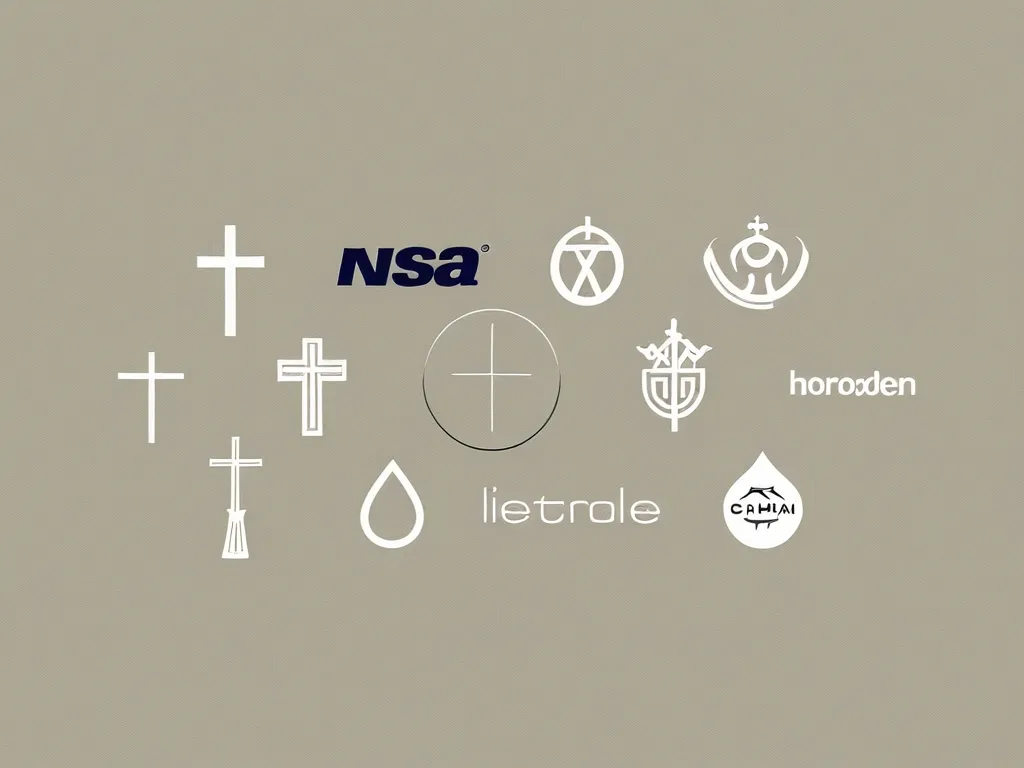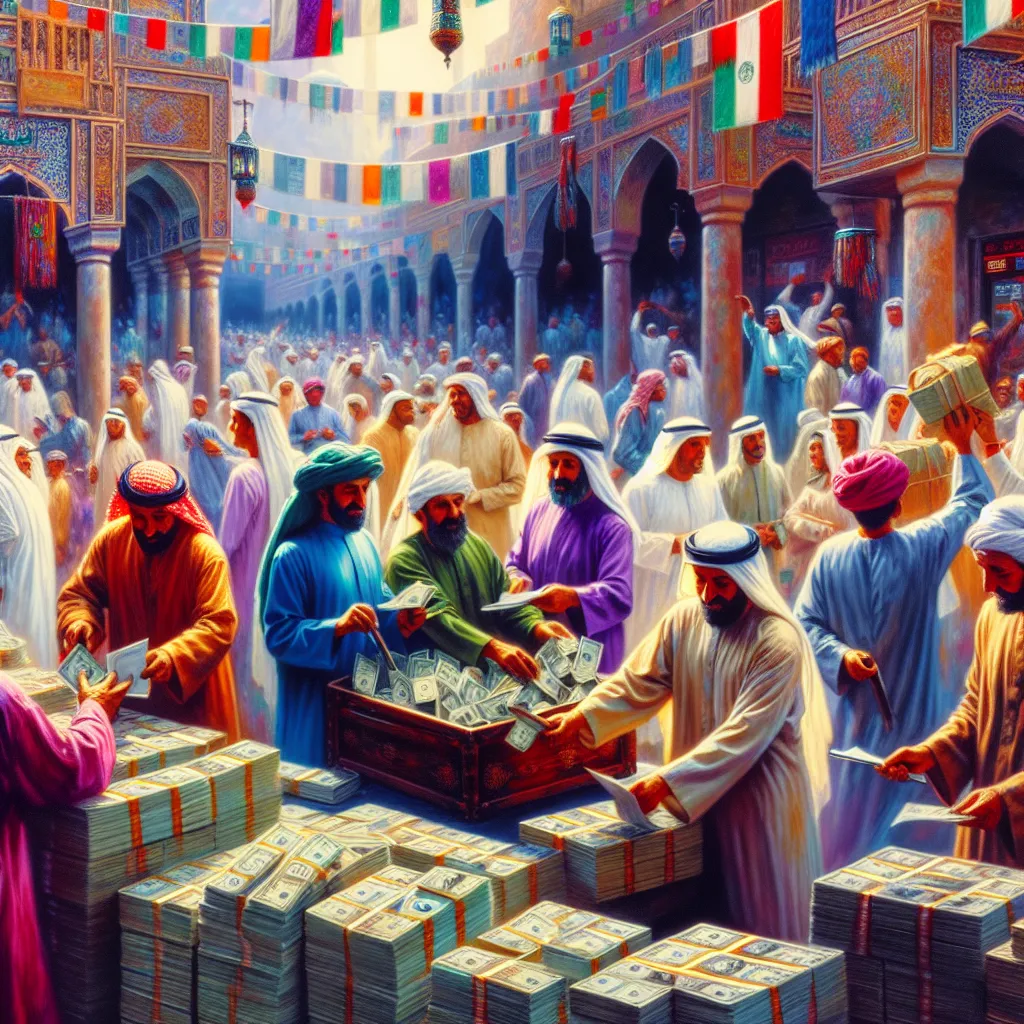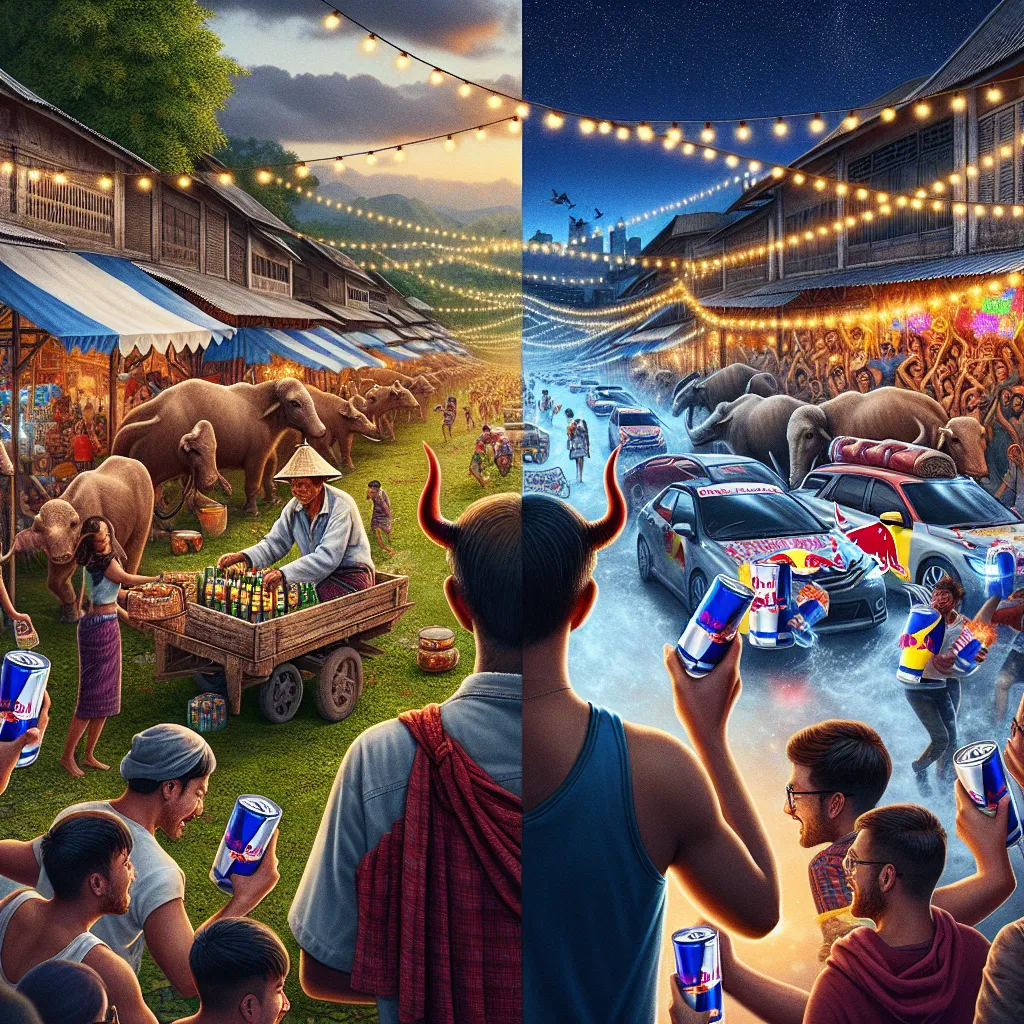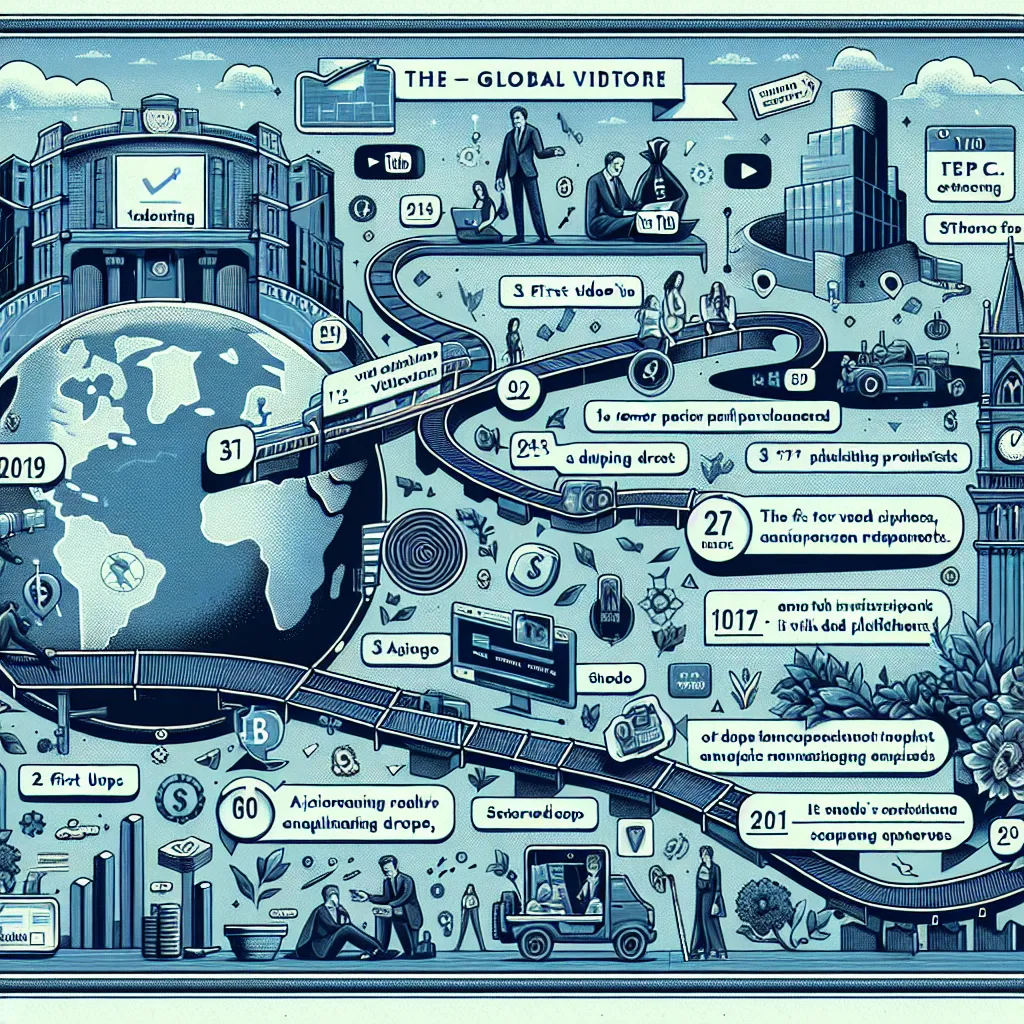As we navigate the complex and often intertwined worlds of religion, advertising, and global branding, it becomes increasingly clear that the lines between these realms are blurring. The use of religious symbolism in branding is not a new phenomenon, but it has evolved significantly over the years, influencing consumer perceptions, buying decisions, and even stirring public debate.
To understand this intricate dance between the sacred and the commercial, let’s start with the historical roots. Religious symbols have long been powerful tools for communication, evoking strong emotions and conveying profound meanings. From the Christian Cross to the Star of David, and from the Taoist Yin Yang to the Islamic Crescent, these symbols have been used across cultures to unite and differentiate communities.
In the context of branding, these symbols are being repurposed to create a sense of belonging, rituals, and sensory appeal – elements that are crucial for building a strong brand identity. For instance, consider the brand Weight Watchers, which thrives on a sense of community and peer support, much like many religious groups. This sense of belonging is a potent driver of loyalty and engagement, as it provides members with a shared purpose and identity.
Rituals are another area where branding draws inspiration from religion. Think of the lime in the bottleneck of a Corona beer or the flaming torch relay at the Olympic Games. These rituals are not just trivial practices; they are deeply ingrained in the brand’s identity and create a memorable experience for consumers. In a similar vein, religious rituals such as prayer, meditation, or communal worship serve to reinforce faith and community bonds.
The sensory appeal of religious spaces – the incense, bells, incantations, and candles – is also being leveraged by brands to create immersive experiences. A visit to Disneyland, for example, is designed to transport you into another world, much like entering a temple or church. Brands like Disney understand that sensory experiences can evoke strong emotional responses, making the brand more than just a product – it becomes an experience.
One of the most fascinating aspects of this fusion is how brands incorporate spiritual symbols into their logos and marketing campaigns. Earthmonk, a fashion brand, uses a simple typography-based logo featuring a hand-drawn heart in a cotton pod, reflecting its commitment to sustainability and ethical production. This logo is more than just a design; it embodies the brand’s spiritual values and resonates deeply with consumers who share those values.
Mindful Souls, another example, uses the third eye symbol in its logo, which represents enlightenment and spiritual growth. This brand’s subscription box service delivers items like jewelry, crystals, and affirmation cards, all designed to help customers develop their spiritual practice. Here, the brand is not just selling products; it is facilitating a spiritual journey.
The use of religious symbolism in branding is not without its challenges. It requires a delicate balance between respect and authenticity. Brands must ensure that they are not appropriating or misrepresenting religious symbols for commercial gain. For instance, Coca-Cola’s “Holidays are Coming” Christmas campaign uses religious imagery to evoke a sense of joy and celebration, but it does so in a way that is respectful and inclusive.
Cultural relevance and localization are also critical when incorporating religious symbolism. Brands operating in diverse markets must consider the local cultural context to avoid unintended offense. Rituals, a cosmetic brand, blends ancient traditions and cultures into its products and logo design, drawing from Vedic art and design principles. This approach not only resonates with the target audience but also adds a layer of authenticity to the brand.
The strategic interplay between sacred symbols and commercial success is complex and multifaceted. On one hand, it can create a deep sense of connection and shared purpose between the brand and its consumers. On the other hand, it can stir controversy if not handled sensitively. The Gucci barcode tattoo on a man’s neck, for instance, is an extreme example of brand admiration but also raises questions about the boundaries between personal identity and brand loyalty.
As we look to the future, it’s clear that spirituality is becoming a significant trend in branding, especially among younger generations. Gen Z and millennials are increasingly seeking guidance in spirituality, and brands are responding by incorporating spiritual narratives and symbolism into their identities. This is not just about aesthetics; it reflects a deeper desire for meaning and connection in everyday life.
Brands like Dove, with its “Real Beauty” campaign, have used religious narratives to promote inclusivity and self-acceptance. These campaigns go beyond superficial marketing; they tap into universal human experiences and emotions, creating a sense of shared values and purpose.
In conclusion, the use of religious symbolism in global branding is a subtle yet powerful tool that can shape consumer perceptions and influence buying decisions. It is a realm where faith-driven designs fuel economic engines, echoing through politics and cultural histories. As we navigate this complex landscape, it is crucial to approach it with sensitivity, respect, and a genuine understanding of the religious beliefs and practices involved.
By doing so, brands can create meaningful connections with their consumers, foster a sense of belonging and purpose, and ultimately build a brand identity that transcends mere commercial transactions. In this fusion of the sacred and the commercial, we find a lesser-seen side of both religion and advertising – one that is both fascinating and fraught with potential.






